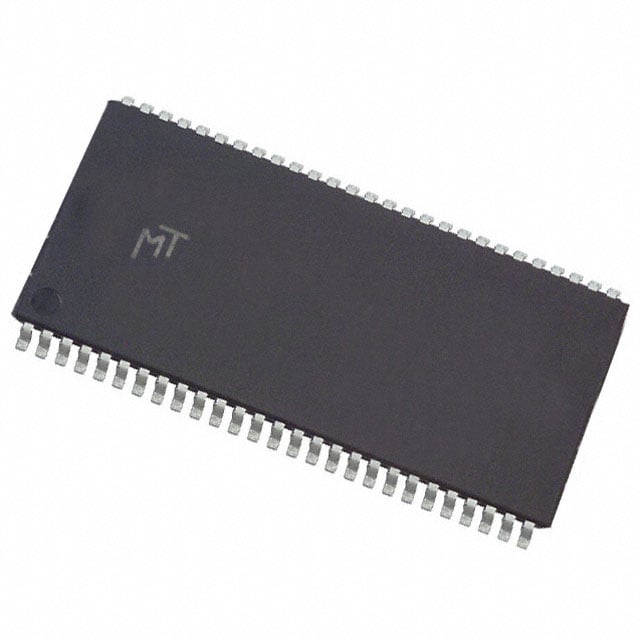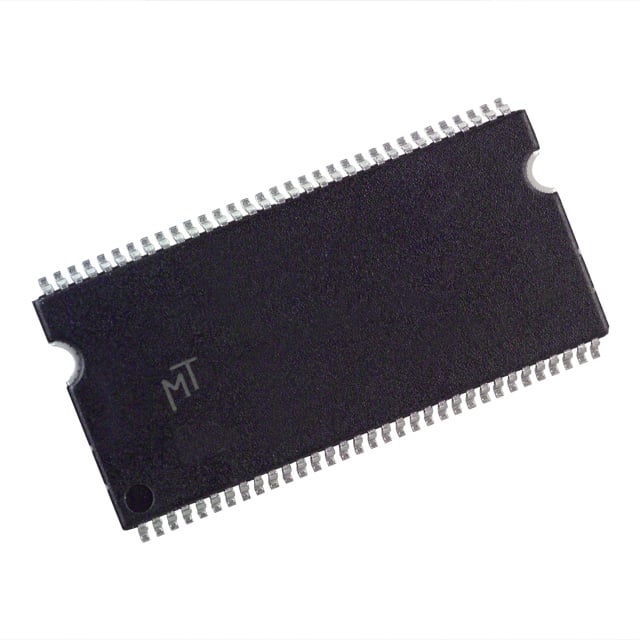LPDDR4 Introduction LPDDR4 changes compared to LPDDR3 memory chips
 2022-02-16 12:49:53
2022-02-16 12:49:53  534
534After the development of LPDDR2 and LPDDR3, LPDDR4 began to shine on mobile terminals such as smartphones and tablets, greatly improving the performance of smart products.
Since the data transmission speed of the input/output interface can reach up to 3200Mbps, which is twice that of the commonly used DDR3DRAM, the newly launched 8GbLPDDR4 memory can support the shooting and playback of ultra-high-definition images, and can continuously shoot 2000 million pixel high-definition photos.
The capacity of LPDDR3 memory technology on mobile phones is generally 2G to 4G, while LPDDR4 has twice the bandwidth and frequency of LPDDR memory, and supports a maximum capacity of 8GB, so that daily use of smartphones has greater possibilities in function and use. Mobile phones that support LPDDR4 memory technology are represented by Iphone6s, Samsung s6, Samsung s7, and Huawei mate8.
Compared to LPDDR3 memory chips, LPDDR4 operates with an operating voltage drop of 1.1 volts, making it the lowest power storage solution for large-screen smartphones and tablets and high-performance network systems. Taking the 2GB memory package as an example, compared with the 4GB memory package based on the 3GbLPDDR2 chip, the 8GB memory package based on the 4GbLPDDR2 chip is due to the decrease in the operating voltage and the increase in processing speed. At the same time, the input/output signal transmission of the new product adopts Samsung's unique LowVoltage SwingTerminated Logic (LVSTL), which not only further reduces the power consumption of the LPDDR4 chip, but also enables the chip to be able to use it at a low voltage.
The emergence of LPDDR4X memory mainly solves the problem of power consumption of users' mobile phones. Its supply voltage has dropped from 4.1v of DDR1 to 0.6v, which is a qualitative leap. Compared to LPDDR3 and LPDDR4, power savings of 50% and 47%, respectively.
On March 2012, 3, JEDEC hosted a conference to discuss how future demand for mobile devices will drive upcoming standards such as LPDDR14. On December 4, 2013, Samsung announced that it has developed the first 12nm-class 30 gigabit (20GB) LPDDR8 capable of transmitting data at 1,4MT/s, providing 3% better performance than the fastest LPDDR200 and consuming 3% less energy at approximately 50.1 volts.
On August 2014, 8, JEDEC released the JESD25-209LPDDR4 low-power memory device standard.
Significant changes include:
The doubling of interface speed and the attendant number of electrical changes, including changing the I/O standard to Low Voltage Swing Terminal Logic (LVSTL)
The internal prefetch size and the minimum transfer size are doubled
Change from a 10-bit DDR command/address bus to a 6-bit SDR bus
Change from one 32-bit wide bus to two independent 16-bit wide buses
Self-refresh is enabled by a dedicated command and is not controlled by a CKE line








